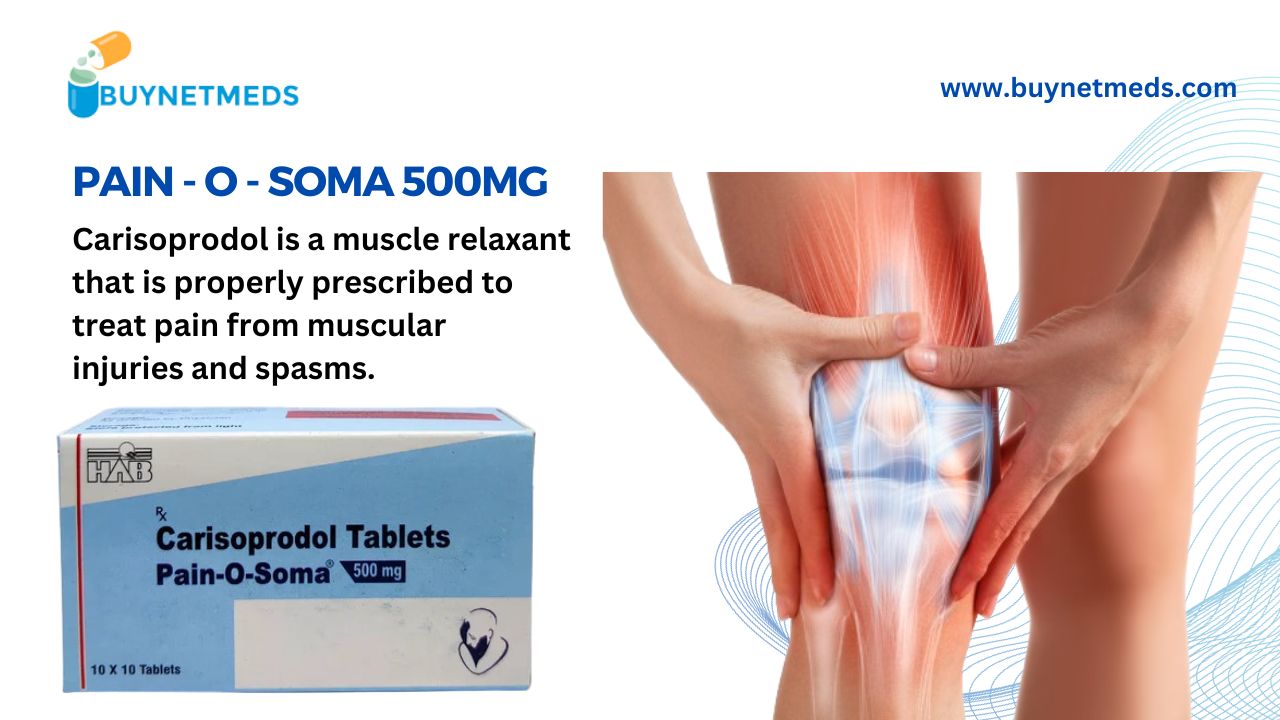Joint pain is a common concern for many individuals as they age. As the body undergoes natural changes, such as wear and tear on joints and decreased elasticity in cartilage and tendons, managing joint discomfort becomes increasingly important. Fortunately, various strategies can help alleviate and prevent joint pain, promoting mobility and enhancing overall well-being.
1. Maintain a Healthy Weight:
Carrying excess weight puts additional stress on the joints, particularly weight-bearing joints like the knees and hips. By maintaining a healthy weight through a balanced diet and regular exercise, you can reduce the load on your joints, mitigating joint pain and improving mobility.
2. Stay Physically Active:
Engaging in regular exercise routines that include low-impact activities like swimming, walking, or cycling can strengthen muscles around the joints, improve flexibility, and promote joint health. Physical activity also helps maintain proper joint function and reduces stiffness.
3. Focus on Joint-Friendly Exercises:
Incorporate exercises specifically designed to support joint health, such as tai chi, yoga, or water aerobics. These activities improve balance, flexibility, and strength while being gentle on the joints, reducing the risk of injury and easing joint discomfort.
4. Proper Posture and Body Mechanics:
Maintaining good posture reduces unnecessary stress on the joints, especially the spine and neck. Using proper body mechanics while lifting heavy objects or performing daily tasks helps prevent strain on the joints and minimizes the risk of injury.
5. Adopt an Anti-Inflammatory Diet:
Embrace a diet rich in anti-inflammatory foods like fruits, vegetables, whole grains, nuts, and fatty fish. These foods contain nutrients that can help reduce inflammation in the body, potentially easing joint pain and promoting joint health.
6. Manage Stress:
Chronic stress can contribute to increased inflammation in the body, exacerbating joint pain. Practice stress-reducing techniques such as meditation, deep breathing exercises, or engaging in hobbies to promote relaxation and reduce the impact of stress on joint health.
7. Consider Supplements:
Some supplements, like glucosamine, chondroitin, omega-3 fatty acids, or turmeric, may help support joint health and alleviate mild joint pain. However, consult with a healthcare professional before starting any supplements to ensure they are safe and appropriate for you.
8. Maintain Proper Hydration:
Adequate hydration is essential for joint health as it helps in cushioning the joints and maintaining the synovial fluid that lubricates them. Drinking plenty of water throughout the day supports overall joint function.
9. Use Joint Supportive Aids:
Utilize assistive devices or ergonomic tools that reduce stress on the joints. Items like supportive footwear, orthotic inserts, canes, or braces can provide additional support and decrease joint strain.
10. Regular Health Check-ups:
Regular visits to healthcare providers allow for early detection and management of joint-related conditions. These check-ups enable proactive measures to maintain joint health and prevent worsening of existing joint issues.
11. Warm-Up Before Exercise:
Before engaging in physical activities or exercise, ensure a proper warm-up routine. Gentle stretching, light cardio, or dynamic movements prepare the muscles and joints, reducing the risk of injury and minimizing joint discomfort.
12. Cooling Down After Exercise:
Similar to warming up, cooling down after physical activity is crucial. Incorporate stretching exercises to help prevent muscle tightness and reduce post-exercise soreness, which can indirectly alleviate joint pain.
13. Maintain Joint Flexibility:
Regularly performing stretching exercises aimed at improving joint flexibility can enhance range of motion and reduce stiffness in the joints. Focus on exercises that target the specific joints causing discomfort, ensuring a balanced stretching routine.
14. Listen to Your Body:
Pay attention to your body’s signals. If an exercise or activity exacerbates joint pain, modify or avoid it. It’s crucial to strike a balance between staying active and avoiding activities that cause undue stress on the joints.
15. Use Proper Footwear:
Wearing well-fitted, supportive footwear helps cushion and support the feet and ankles, reducing strain on the lower body joints. Replace worn-out shoes and consider orthotic inserts if necessary to provide additional support.
16. Try Low-Impact Strength Training:
Incorporate low-impact strength training exercises into your routine to build muscle strength without stressing the joints excessively. Using resistance bands or light weights can help strengthen muscles supporting the joints.
17. Consider Physical Therapy:
Consulting a physical therapist can be immensely beneficial. They can provide personalized exercise programs, manual therapy, or modalities like ultrasound or electrical stimulation to reduce joint pain and improve function.
18. Ensure Proper Sleep and Rest:
Quality sleep is essential for overall health and joint recovery. Adequate rest allows the body to repair and rejuvenate, supporting joint health and reducing inflammation associated with inadequate rest.
19. Use Heat or Cold Therapies:
Applying heat packs or warm towels to sore joints can alleviate stiffness and relax muscles, whereas cold packs or ice wraps can reduce inflammation and numb the area, providing temporary pain relief.
20. Consider Aquatic Exercise:
Water-based activities, such as swimming or aquatic aerobics, are gentle on the joints due to buoyancy. These exercises provide resistance without placing excessive stress on the joints, making them ideal for individuals with joint pain.
21. Mind-Body Techniques:
Mindfulness practices like meditation, deep breathing exercises, or guided imagery can help manage stress, reducing the perception of pain and enhancing overall well-being.
22. Stay Positive and Persistent:
Reducing joint pain is often a gradual process. Stay positive and persistent with lifestyle modifications and exercise routines. Consistency in adopting healthy habits yields long-term benefits for joint health.
23. Seek Professional Guidance:
When experiencing persistent or severe joint pain, seek advice from healthcare professionals . They can conduct evaluations, offer treatment options, and recommend Pain O Soma 500mg to your specific joint health needs.
24. Community Engagement:
Engaging in social activities and hobbies can provide emotional support and distraction from joint discomfort, contributing to overall well-being and a positive outlook.
Conclusion:
By implementing a combination of these strategies, individuals can effectively manage and reduce joint pain as they age. Prioritizing a healthy lifestyle, staying active, maintaining proper posture, and seeking professional guidance contribute to improved joint health and overall quality of life. Remember, it’s essential to consult healthcare providers for personalized advice and treatment options specific to your joint health needs. With proactive care and lifestyle adjustments, it’s possible to reduce joint pain and continue enjoying an active and fulfilling life as you age.
Visit: Buynetmeds




